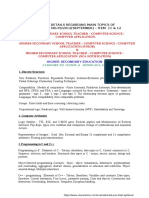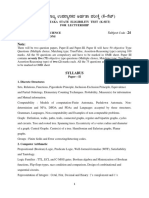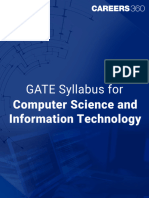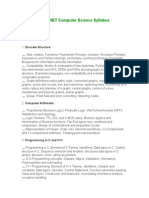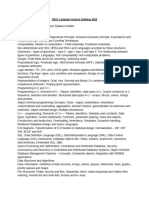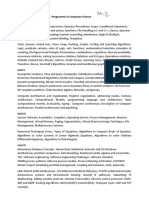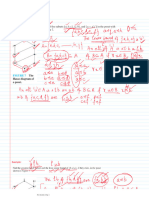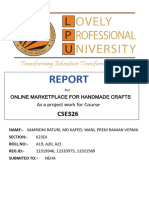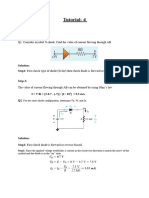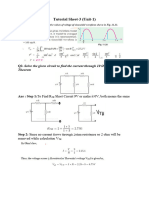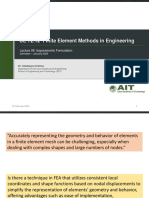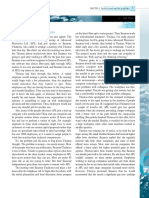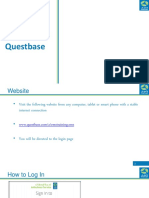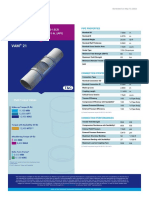0% found this document useful (0 votes)
44 views4 pagesCS & Engineering Syllabus Guide
The document outlines the syllabus for a computer science and engineering course. It covers topics like discrete structures, computer arithmetic, programming in C and C++, databases, data structures, computer networks, operating systems, software engineering, and algorithms.
Uploaded by
premranjanv784Copyright
© © All Rights Reserved
We take content rights seriously. If you suspect this is your content, claim it here.
Available Formats
Download as PDF, TXT or read online on Scribd
0% found this document useful (0 votes)
44 views4 pagesCS & Engineering Syllabus Guide
The document outlines the syllabus for a computer science and engineering course. It covers topics like discrete structures, computer arithmetic, programming in C and C++, databases, data structures, computer networks, operating systems, software engineering, and algorithms.
Uploaded by
premranjanv784Copyright
© © All Rights Reserved
We take content rights seriously. If you suspect this is your content, claim it here.
Available Formats
Download as PDF, TXT or read online on Scribd
/ 4




